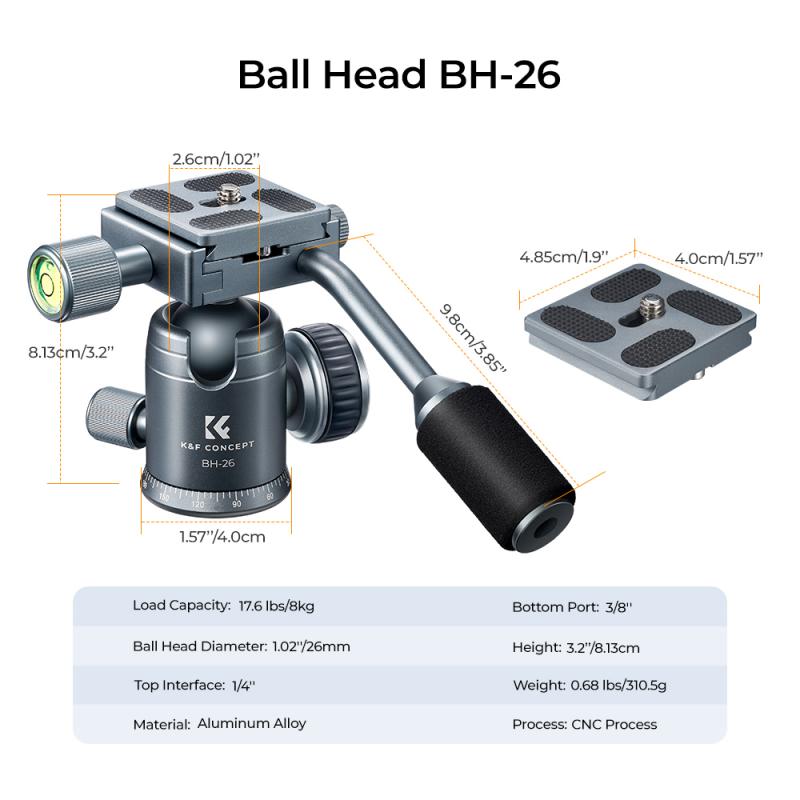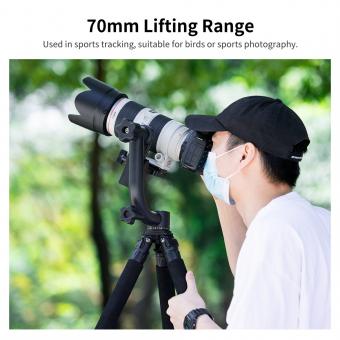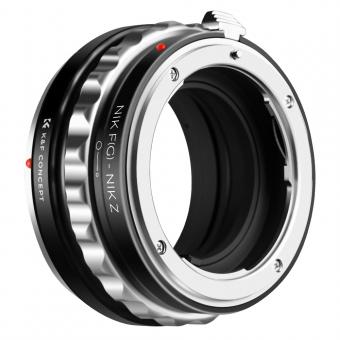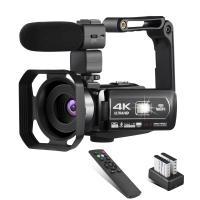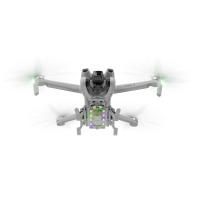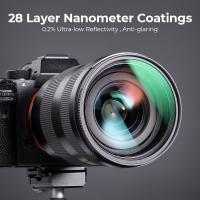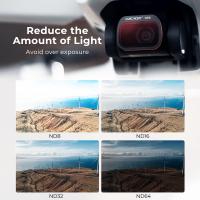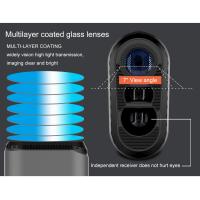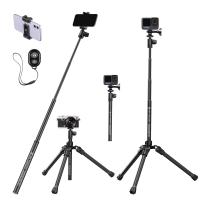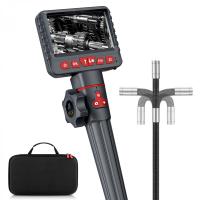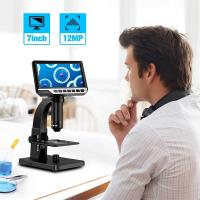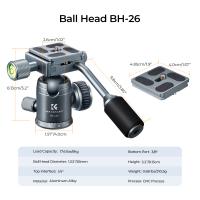Why Not Use Camcorder During Thunderstorm ?
Using a camcorder during a thunderstorm is not recommended due to the potential risks involved. Thunderstorms are associated with lightning, which can be extremely dangerous. Lightning strikes can cause severe injuries or even death if a person is in close proximity to the strike.
Using a camcorder during a thunderstorm increases the risk of being struck by lightning as it involves holding an electronic device that can attract lightning due to its metal components. Additionally, using a camcorder outdoors during a thunderstorm exposes the device to the elements, including rain and strong winds, which can damage the equipment.
It is always best to prioritize personal safety during severe weather conditions. It is advisable to seek shelter indoors and avoid using electronic devices until the storm has passed.
1、 Electrical Safety Precautions during Thunderstorms
Why not use a camcorder during a thunderstorm? The primary reason is safety. Thunderstorms are accompanied by lightning, which poses a significant risk of electrical hazards. Using a camcorder or any electronic device during a thunderstorm increases the chances of being struck by lightning or experiencing a power surge.
Lightning is a powerful discharge of electricity that can travel through various conductive materials, including electrical wires and metal objects. When using a camcorder outdoors during a thunderstorm, you become a potential target for lightning strikes. The metal components of the camcorder, such as the tripod or external microphone, can attract lightning and increase the risk of injury or even death.
Furthermore, thunderstorms often cause power surges and fluctuations in the electrical grid. These surges can damage electronic devices, including camcorders, rendering them useless or requiring costly repairs. It is advisable to unplug all electronic devices during a thunderstorm to protect them from power surges.
In addition to the traditional safety concerns, there is a new perspective to consider. With the rise of smartphones and their ability to capture high-quality videos, camcorders have become less common. Many people now rely on their smartphones to record videos, which they carry with them at all times. This means that during a thunderstorm, individuals may be tempted to use their smartphones to capture the dramatic weather. However, the same safety precautions apply to smartphones as they do to camcorders. It is essential to prioritize personal safety over capturing footage during a thunderstorm.
In conclusion, using a camcorder during a thunderstorm is not recommended due to the potential risks of being struck by lightning and experiencing power surges. It is crucial to prioritize personal safety and avoid using any electronic devices during thunderstorms.

2、 Potential Risks of Using Camcorders in Thunderstorms
Potential Risks of Using Camcorders in Thunderstorms
While it may be tempting to capture the dramatic moments of a thunderstorm on a camcorder, there are several potential risks associated with doing so. Here are a few reasons why it is not advisable to use a camcorder during a thunderstorm:
1. Electrical hazards: Thunderstorms are known for their lightning strikes, which can pose a significant risk to anyone holding electronic devices such as camcorders. Lightning can travel through the device and cause severe injury or even death to the user. It is crucial to prioritize personal safety over capturing footage.
2. Damage to the camcorder: Thunderstorms often bring heavy rain, strong winds, and hail, all of which can damage electronic devices. Exposing a camcorder to these elements increases the risk of water damage, short circuits, or physical harm to the device.
3. Distraction from safety precautions: Focusing on recording the storm can distract individuals from taking necessary safety precautions. During a thunderstorm, it is crucial to seek shelter, stay away from windows, and avoid using electrical devices. Engaging with a camcorder can divert attention from these essential safety measures.
4. Limited visibility: Thunderstorms are often accompanied by dark clouds, heavy rain, and low visibility. Trying to capture footage in such conditions can result in poor quality videos and may not be worth the risk.
5. Ethical considerations: Some argue that using a camcorder during a thunderstorm is ethically questionable. It is important to respect the power and potential danger of nature and prioritize personal safety and the safety of others over capturing footage.
In conclusion, the potential risks associated with using a camcorder during a thunderstorm outweigh the benefits. It is crucial to prioritize personal safety and adhere to safety guidelines during severe weather events. Instead of risking injury or damage to electronic devices, it may be wiser to appreciate the awe-inspiring power of thunderstorms from a safe and protected location.

3、 Lightning Hazards and Camcorder Usage
Using a camcorder during a thunderstorm can be extremely dangerous due to the potential hazards associated with lightning strikes. Lightning is a powerful natural phenomenon that can cause severe injuries and even death. Therefore, it is strongly advised to avoid using any electronic devices, including camcorders, during a thunderstorm.
One of the main reasons why using a camcorder during a thunderstorm is dangerous is the risk of being struck by lightning. Lightning seeks the path of least resistance to the ground, and tall objects, such as trees, buildings, and people, can become targets. Holding a camcorder, which is an electronic device, increases the chances of being struck as it can act as a conductor for the electrical current.
Additionally, using a camcorder during a thunderstorm can also pose a risk of electric shock. If lightning strikes nearby, the electrical current can travel through the ground and potentially reach the person holding the camcorder. This can lead to serious injuries or even prove fatal.
Furthermore, the intense electromagnetic fields generated by lightning can interfere with electronic devices, including camcorders. This can cause malfunctions, damage to the device, or even render it completely useless.
In conclusion, the risks associated with using a camcorder during a thunderstorm, such as the potential for being struck by lightning, the risk of electric shock, and the interference with electronic devices, make it highly unsafe. It is always better to prioritize personal safety and avoid using any electronic devices during a thunderstorm.
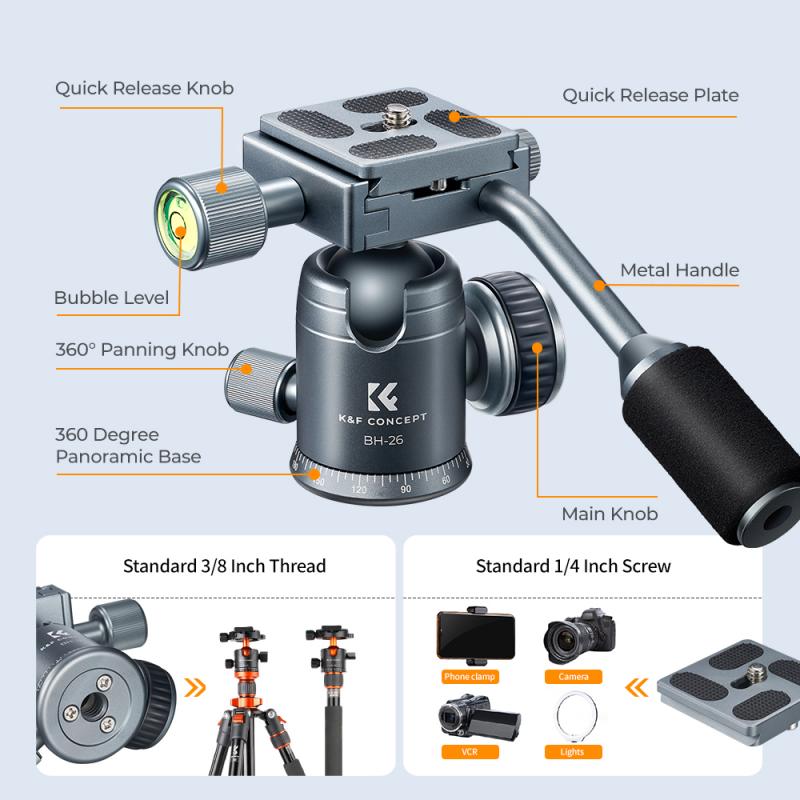
4、 Protecting Electronic Devices from Lightning Strikes
Why not use a camcorder during a thunderstorm? The primary reason is that electronic devices, including camcorders, are highly susceptible to damage from lightning strikes. Lightning carries an immense amount of electrical energy, and if it strikes nearby, it can induce a power surge that can easily overload and fry the delicate circuitry of electronic devices.
Camcorders, like other electronic devices, are not designed to withstand the high voltage and current associated with lightning strikes. Even if the camcorder is not directly hit by lightning, the electromagnetic fields generated by nearby strikes can still cause damage. These electromagnetic fields can induce currents in the wiring and components of the camcorder, leading to malfunctions or permanent damage.
Furthermore, using a camcorder during a thunderstorm can also pose a significant risk to the user. Holding a metal object, such as a camcorder, increases the chances of being struck by lightning. Lightning tends to follow the path of least resistance, and metal objects can act as conductors, attracting the electrical discharge.
In recent years, there have been advancements in lightning protection technology for electronic devices. Surge protectors and lightning arrestors can help divert excess electrical energy away from devices, reducing the risk of damage. However, these measures are not foolproof and may not provide complete protection.
In conclusion, it is strongly advised not to use a camcorder or any electronic device during a thunderstorm. The risk of damage to the device and the potential danger to the user outweigh any potential benefits. It is always better to prioritize safety and wait for the storm to pass before using electronic devices.
